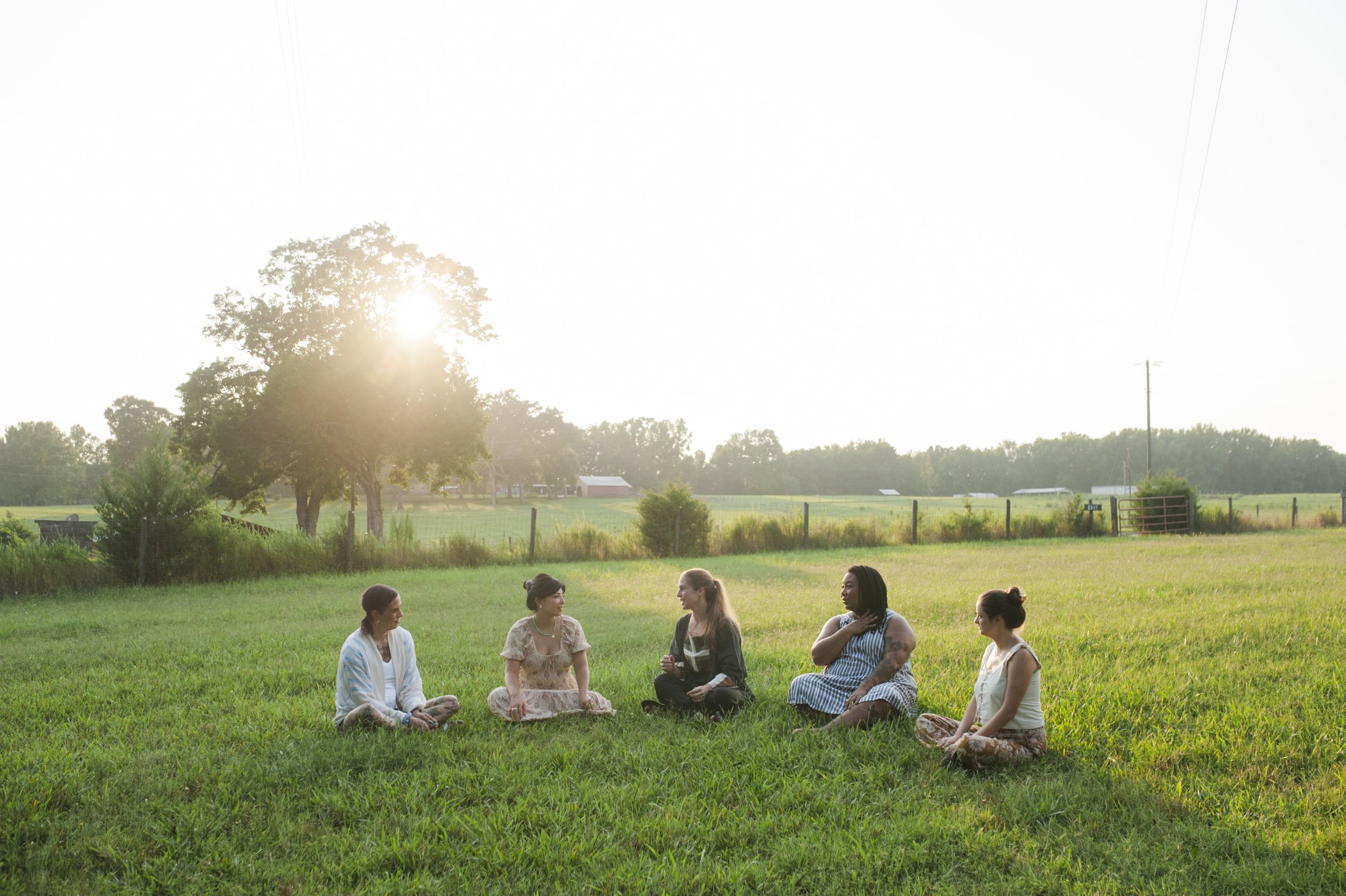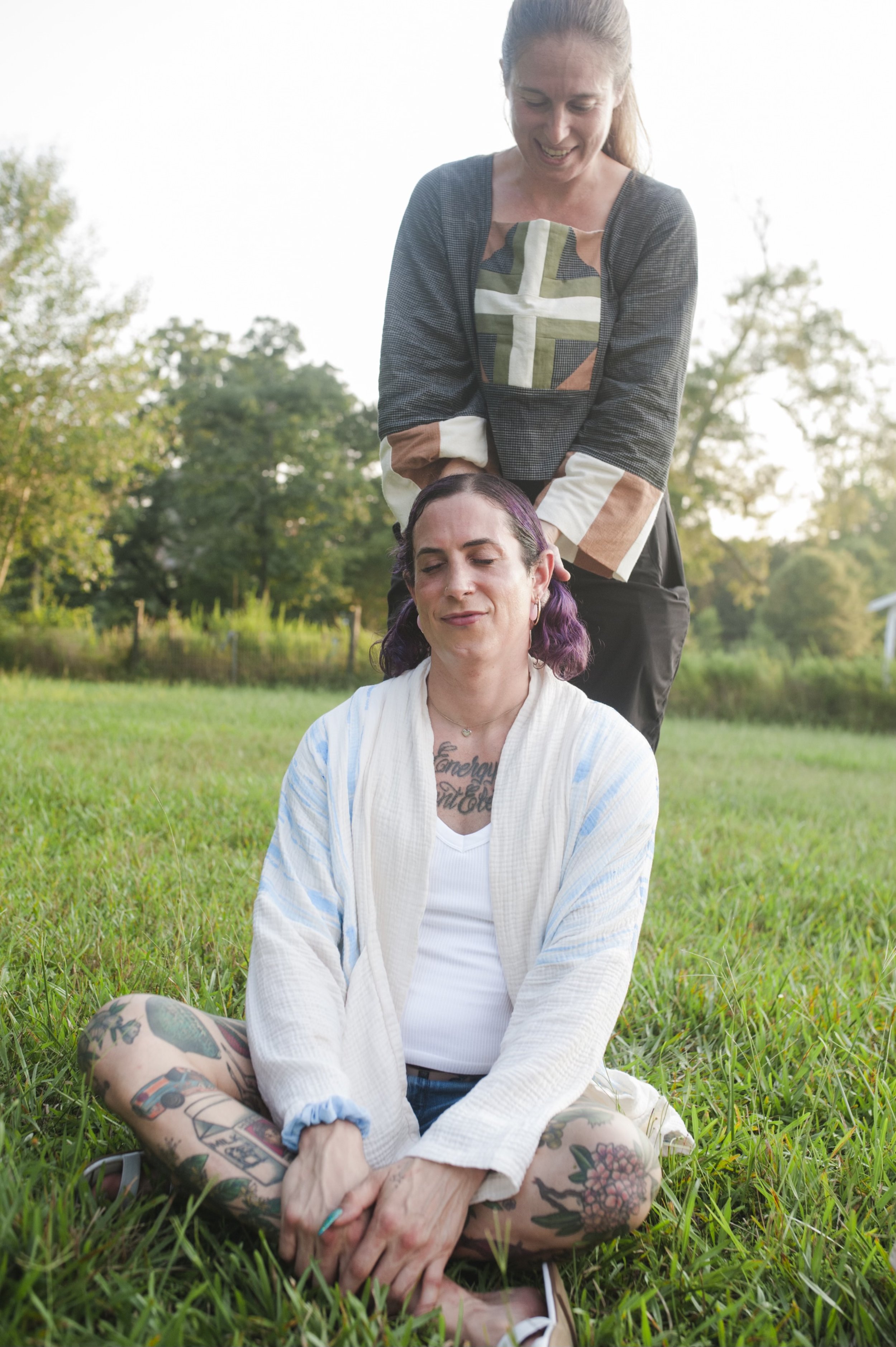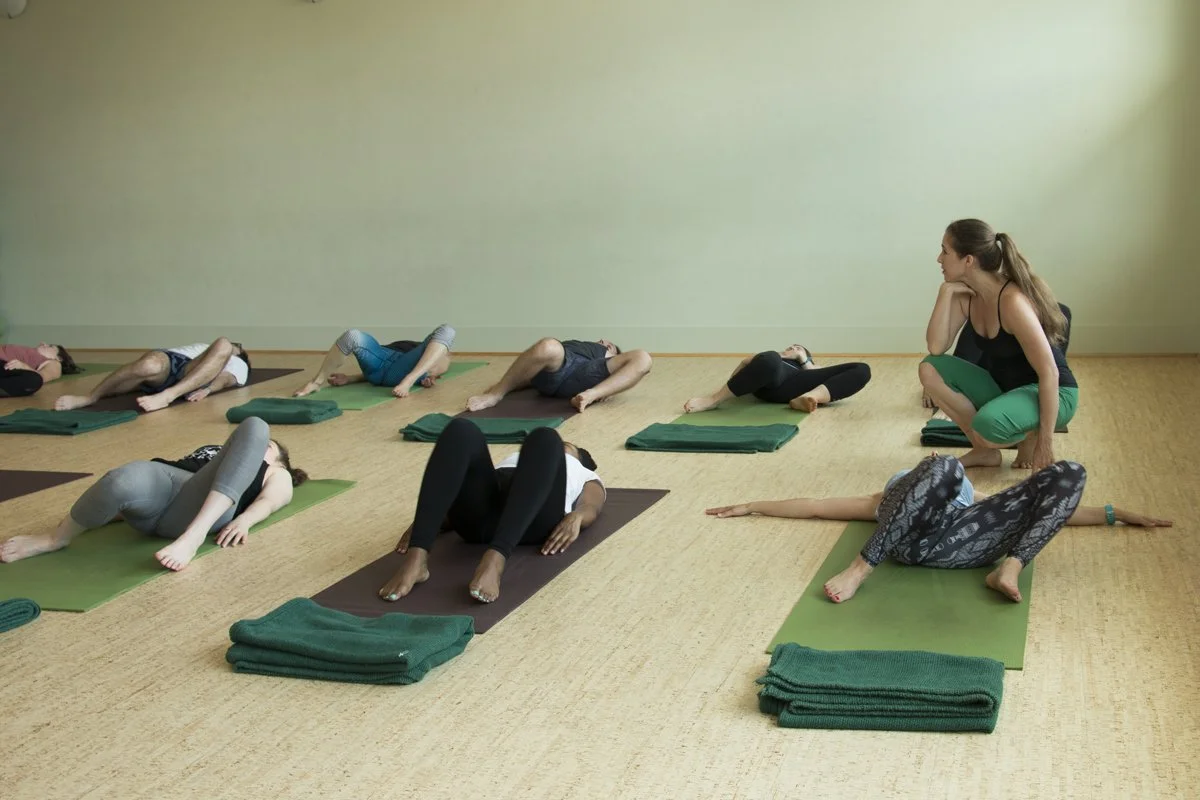

Calling In Reinforcements: When To See A Trauma Care Professional
Most of us will experience trauma at some point in our lives. An NIH study puts the numbers of adults experiencing a traumatic event over 70% for adults, with 30.5% having experienced four or more.
What is trauma?
Ugh, statistics. And those statistics above are gnarly. And also, they’re likely low. What?
For purposes of studies, different events that are common traumatic stressors are the basis for determining numbers. Some of the most obvious traumatic stressors include violence and clear life threat. But those aren’t the only traumatic stressors as far as our nervous systems are concerned.

Repairing Shame
Showing up fully within ourselves lets us connect. That sounds obvious as hell when I say it, but is it?
When humans need to adapt to situations that give us subtle and obvious cues that we aren’t welcome, that we don’t belong, and that we need to make ourselves smaller, we might or might not notice that shame is part of our experience.

Making Savasana Easier for Activated Trauma Survivors
I wrote recently about how at some times for some trauma survivors, savasana can really suck. Yes, savasana; that all too common ending of a yoga class where people might lay on the floor.

Trauma Recovery As Untangling
Have you ever tried explaining the process of going to therapy to someone who hasn't gone to therapy?
If the therapist you've seen is any good, it might feel challenging to get across to that person what's happening. That's because for a good therapist to be effective, they need to be well attuned to the person they're working with. The same is true in Somatic Experiencing.

Savasana: Sometimes Rest Is Anything But Easy
Look it up in on a search engine or listen to what your average yoga teacher says, and savasana seems like it should be the easiest damn thing in the entire world.

Holding Our Wordless Parts
I've been going to powwows with the Ocaneechi Sappony for a couple years now. I always learn a great deal simply by being there and paying attention. One thing that's struck me is how I've noticed the infants are tended to--I've only observed native babies to be swaddled directly against their parents. Babies slept nestled against their parents' chests while parents ate, walked and socialized. And while they danced!
